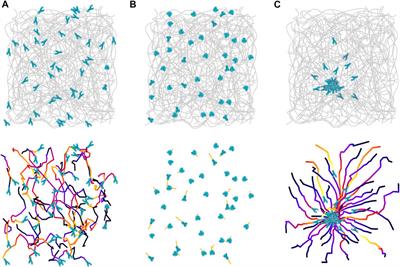MINI REVIEW
Published on 05 Jan 2023
Amoeboid migration in health and disease: Immune responses versus cancer dissemination
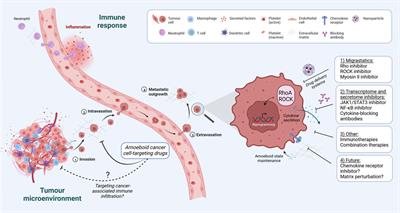
doi 10.3389/fcell.2022.1091801
- 5,551 views
- 13 citations
16k
Total downloads
45k
Total views and downloads
MINI REVIEW
Published on 05 Jan 2023

ORIGINAL RESEARCH
Published on 06 Dec 2022
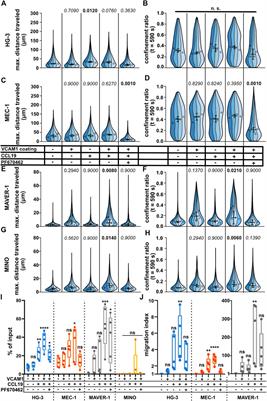
REVIEW
Published on 14 Oct 2022
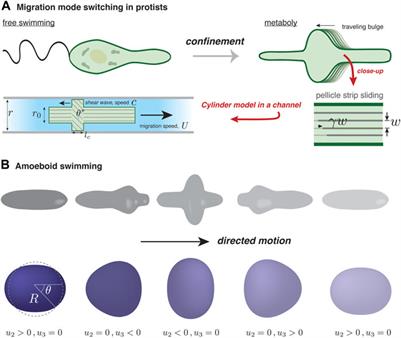
REVIEW
Published on 04 Oct 2022
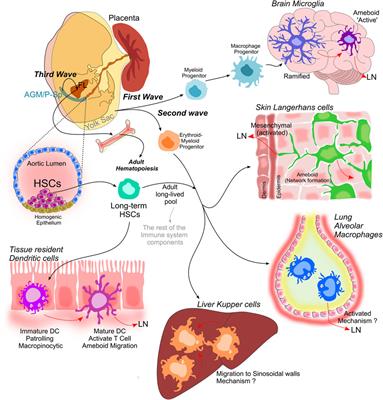
ORIGINAL RESEARCH
Published on 09 Aug 2022
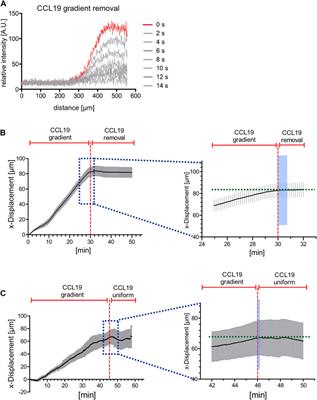
REVIEW
Published on 15 Jul 2022
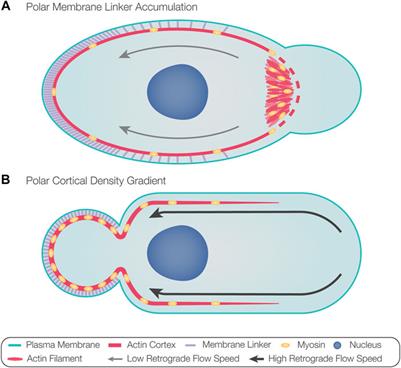
REVIEW
Published on 11 Apr 2022
